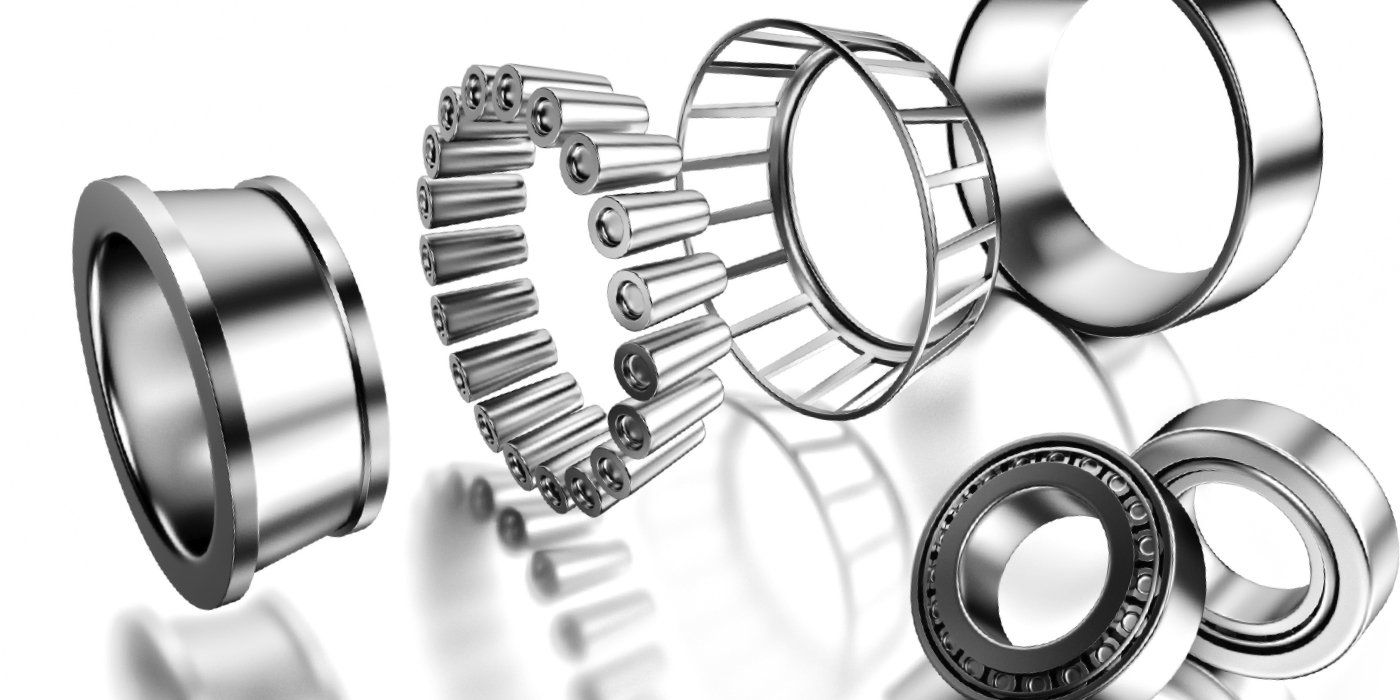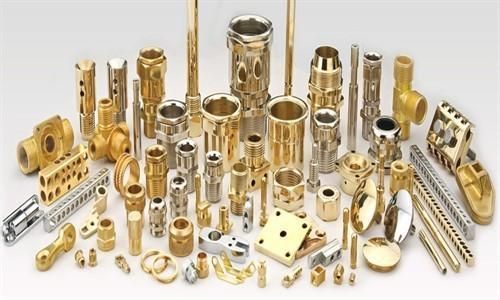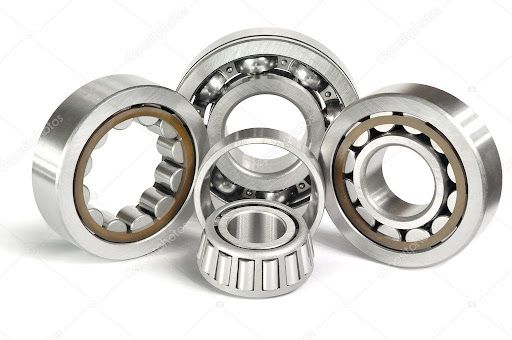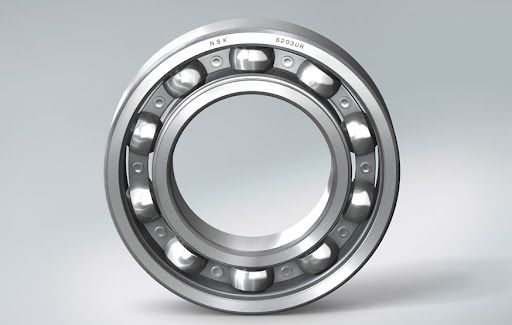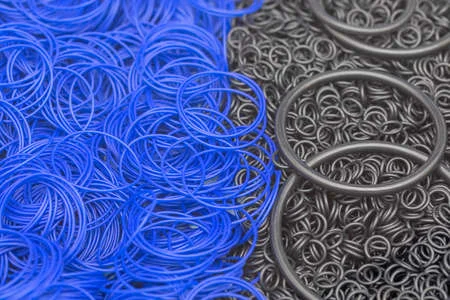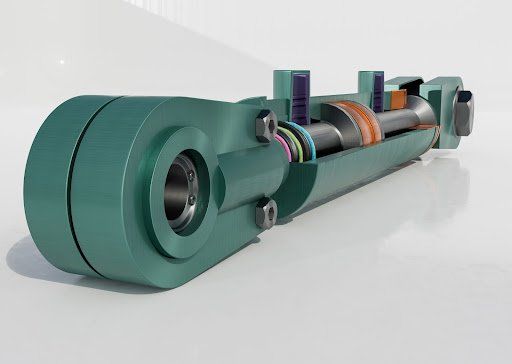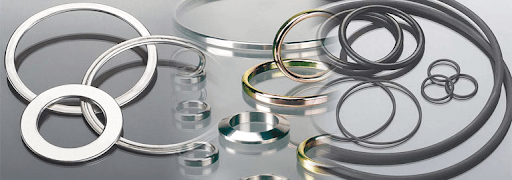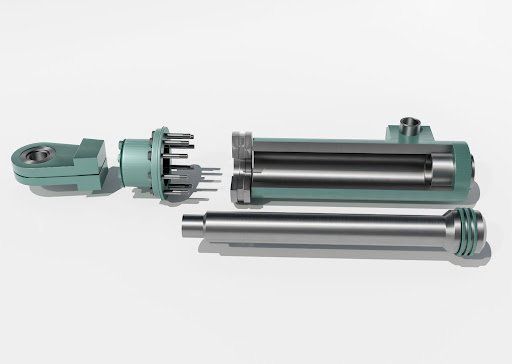9 Reasons Why Bearings Fail
Reasons Why Bearings Fail
Here Are 9 Reasons For Bearing Failure
There is always a danger that products will fail, no matter what you do. The same may be said for bearings, but it doesn't mean you can't avoid many problems that cause costly downtime.
This blog will walk you through the primary causes that might contribute to bearing or
journal failure and how to avoid them. You can get the most life out of your
bearings
and make your application more robust by learning more about these potential difficulties and knowing how to stop them.
1. Lubrication Failure
According to a recent study, insufficient lubrication is responsible for up to 80% of bearing failures. Insufficient lubrication, the use of inappropriate lubricants, or extreme temperatures that deteriorate the lubricant are all examples of this.
As excellent as overheating or excessive wear in a bearing, look for discoloured rolling elements such as blue or brown and rolling-element outlines.
Here's a fix: Use a suitable lubricant in a reasonable volume, equivocate douse loss, and relubricate at appropriate intervals.
2. Contamination
Unknown chemicals contaminate temperament lubricants or cleaning solutions, causing contamination. Dirt, dissolving grit, dust, steel chips from contaminated work areas, and unclean hands or equipment are all examples.
Keep an eye out for dents in the rolling elements and raceways, which indicate vibration.
Here's a Fix:
To eliminate the possibility of contamination, filter a liniment and cleanse workspaces, tools, fixtures, and hands.
3. Improper Mounting
In many cases, orientation should be mounted on a rotating ring with a press fit.
Denting, wear, rupture rings, high handling temperatures, early fatigue, and bearing disaster can all result from various circumstances. These include demanding vigour or blows to an outdoor race, ascending into housing by dire on a middle ring, lax missile fits, lax housing fits, excessively parsimonious fits, out-of-round housings, and a horrible finish on a temperament seat.
Here's a Fix: Follow proper ascent instructions and get yield training to ensure that all employees understand the difference between an adequately commissioned mounting and one that has been incorrectly designated.
4. Misalignment
Misalignment can result in overheating and separator failure due to bent shafts, out-of-square missile shoulders, out-of-square spacers, out-of-square clamping nuts, and crude designation due to slack fittings.
It's worth noting a worn trail that isn't parallel to the raceway borders of a non-rotating ring.
Here's a Fix: Use precision-grade locknuts and inspect shafts and housings for runout of shoulders and temperament seating.
5. False Brinelling
During lubrication, the rapid transition of balls in a raceway while the apparatus is idle wears divided. Furthermore, a lack of temperamental revolution does not permit uneducated liniment to lapse to a location. Fake brinelling is the result of both of these circumstances.
During a rolling-element depiction, you might witness linear wear outlines in an axial instruction or no lifted edges as opposed to outlines due to inadequate mounting.
Here's a Fix: Remove or catch any quivering that could indicate a ball in motion. Make sure to use lubricants with anti-wear compounds as well.
6. Corrosion
Moisture, acid, low-quality or shabby grease, improper wrappings, and precipitation from impassioned feverishness reversals can cause gnawing on finely finished round and drum bearing surfaces.
Look for reddish-red stains or deposits on rolling components, raceways, cages, and increased quivering followed by wear, an increase in radial clearway, or a loss of preload.
Here's a Fix: Erosive fluids should be diverted away from temperament regions. For considerably antagonistic surroundings, choose hermetic orientation and cruising outmost seals. Using a correct temperament material, such as stainless steel, can help if you can't equivocate an erosive environment.
7. Electrical Damage
Even with low currents, a constant flow of exchanging or approaching current can cause electrical harm.
Brownish outlines may be honored as a pivot on a large portion of a racetrack or around the racetrack.
Here's a Fix:
Educate or regulate insulated bearings to prevent electrical currents from being generated by a temperament.
8. Overheating
Overheating is usually caused by high handling temperatures and poor lubrication. High temperatures can cause oil to drain (purge), reducing the lubricant's efficiency. Burning can cause a loss of lubricating fluids from a grease, resulting in the formation of a dry, crusty soap that can seize a bearing in high-feverishness circumstances. Higher temperatures also cause a metal's suppleness to be revoked, resulting in early failure.
Any blemishes on rings, rolling elements, or cages should be noted. Temperament components will distort under enraged situations. A lubricant can also be revoked or destroyed at higher temperatures.
Here's a Fix:
To avoid overheating
bearings, use thermal or overkill controls, proper feverishness routes, and auxiliary cooling.
9. Improper Storage and Handling
Inadequate storage exposes the orientation to odors and dust. Excessively high temperatures might shorten the shelf life of grease, so always check with a douse maker for storing recommendations. Opening boxes and shredding wrappings to handle orientation might let dirt in and expose the direction to erosive factors.
Keep an eye out for odors and temperatures that indicate decomposition and/or an open storage place.
Here's a Fix: Keep the orientation in a dry place at room temperature. Always wrap them in orientation to keep them clean while in storage, and unwrap them in a designated location.
You've already made a massive step toward limiting machine failures by knowing the various conditions that might cause bearing or
journal
failure
and the signs to look for. Regular preventive maintenance can keep your
bearings performing at their best for as long as possible, saving you time and money.
We combine our years of expertise with exceptional customer service and the highest quality products. All this assures you of the best experience from start to finish.
Bearing Centre, Blantyre, Southern Region, Malawi, Africa - 312200
Website by Visionar
Subscribe to our newsletter
We will get back to you as soon as possible
Please try again later

